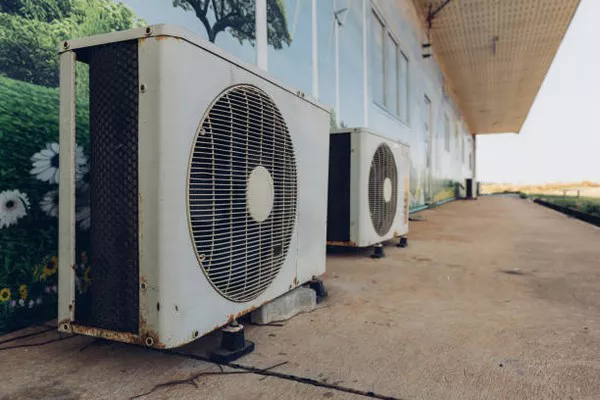When constructing a guitar pedalboard, one of the critical decisions is determining the optimal placement of each effect pedal. Among these, the compressor plays a foundational role in shaping your tone and managing dynamics. But where exactly should you position the compressor within your pedal chain to achieve the best results? Let’s delve into this topic to understand the nuances and implications for your sound.
1. Understanding the Role of a Compressor: What Does It Do and Why Does Placement Matter?
Before diving into placement specifics, it’s crucial to grasp the function of a compressor and its impact on your signal chain. A compressor regulates the dynamic range of your guitar signal by reducing the volume of loud sounds and boosting softer ones, essentially evening out your playing dynamics. This effect can enhance sustain, control peaks, and provide a more consistent output level, which is especially beneficial for clean tones and rhythmic playing.
The placement of a compressor within your pedal chain significantly affects its interaction with other effects. Placing it in different positions alters how subsequent pedals respond to its compressed signal. For instance, positioning the compressor before overdrive or distortion pedals affects how these effects react to your playing dynamics. Conversely, placing it after such pedals can smooth out their output, providing a more even and polished sound. Hence, understanding the role of your compressor and its placement can profoundly influence your overall tone and playing experience.
2. Placing the Compressor at the Beginning: Does it Enhance Clarity and Control?
One popular approach is to position the compressor at the beginning of your pedal chain, right after your guitar. This setup allows the compressor to process the raw guitar signal before it encounters other effects. By compressing the signal first, subsequent pedals receive a more consistent input level, which can lead to clearer and more controlled effects.
Placing the compressor at the front end of your chain is particularly effective when aiming to smooth out your playing dynamics and enhance sustain. The compressed signal entering modulation or time-based effects like chorus or delay can result in a more uniform and pleasing effect. Additionally, this setup can be advantageous for clean tones, where maintaining a consistent volume and reducing any sudden spikes in dynamics are paramount.
However, keep in mind that compressing the signal before gain-based effects such as overdrive or distortion can impact how these effects respond to your playing dynamics. The compressed signal might drive these pedals differently, potentially altering the character and intensity of distortion or overdrive. Experimentation is key here to find the balance that best suits your playing style and tone preferences.
3. Placing the Compressor After Gain Effects: Does it Smooth Out Distortion and Overdrive?
Another approach is to position the compressor after your gain-based effects like overdrive or distortion pedals. This setup allows the compressor to even out the dynamics of an already distorted signal, resulting in a smoother and more consistent tone.
When the compressor follows overdrive or distortion pedals, it can tame any sharp peaks in volume caused by these effects. This setup is particularly useful if you prefer using distortion or overdrive to shape your tone but want to retain control over dynamics and sustain. The compressor can help maintain a more uniform output, ensuring that your guitar tone remains punchy and well-defined.
Moreover, placing the compressor after gain effects can also impact the behavior of modulation and time-based effects downstream. By feeding a compressed signal into these pedals, you can achieve a more balanced and coherent modulation effect, with less variance in volume and intensity.
4. Considering Other Pedals in the Chain: How Does the Compressor Interact with Different Effects?
The positioning of your compressor should also take into account the specific effects pedals in your chain and how they interact with each other. For instance, if your pedalboard includes a combination of modulation (e.g., chorus, phaser) and time-based effects (e.g., delay, reverb), experimenting with compressor placement can yield diverse sonic outcomes.
When placed before modulation effects, such as chorus or phaser, the compressor can provide a stable and consistent input signal, resulting in a smoother modulation effect. On the other hand, positioning the compressor after modulation effects can enhance the sustain and overall coherence of these effects, creating a more unified sound.
Similarly, when considering time-based effects like delay or reverb, the placement of the compressor can impact how these effects decay and trail off. Experimentation with different compressor positions relative to these pedals can help you achieve the desired balance between sustain, clarity, and the overall texture of your guitar sound.
Conclusion: Finding Your Ideal Setup
In conclusion, the placement of the compressor within your pedal chain plays a crucial role in shaping your guitar tone and dynamics. Whether positioned at the beginning or after gain effects, each setup offers distinct advantages in terms of clarity, sustain, and overall control over your sound. The key lies in experimenting with different configurations based on your playing style, tone preferences, and the specific effects pedals you use.
Remember, there is no one-size-fits-all approach, and the optimal placement of the compressor can vary depending on individual preferences and the desired sonic outcome. Take the time to explore different setups, listen closely to how each configuration impacts your tone, and ultimately, trust your ears to guide you towards finding the perfect placement for your compressor within your pedal chain.

